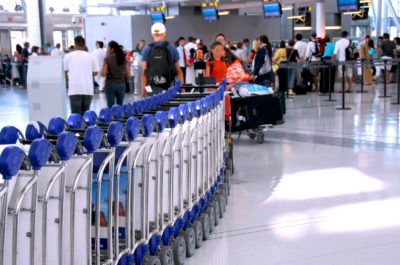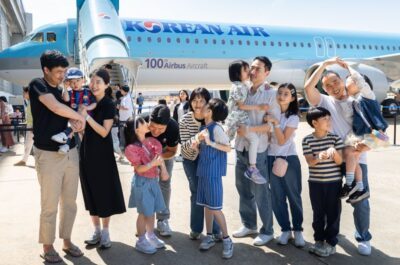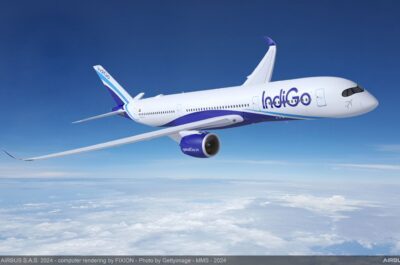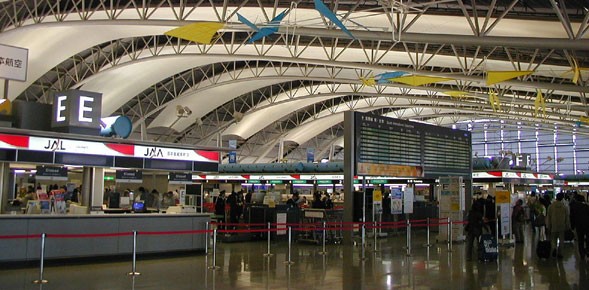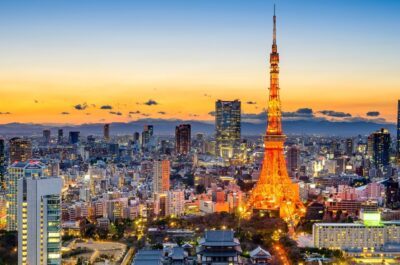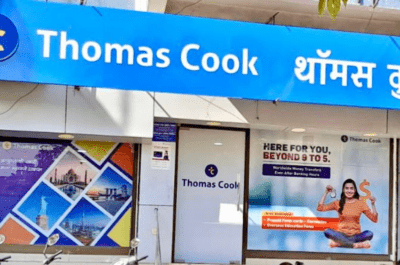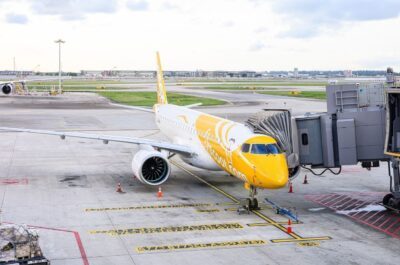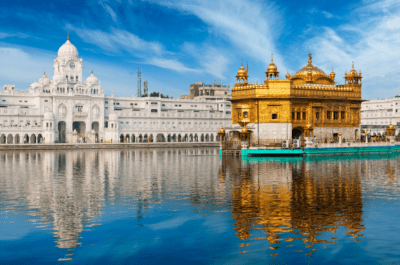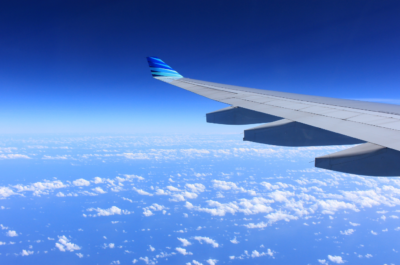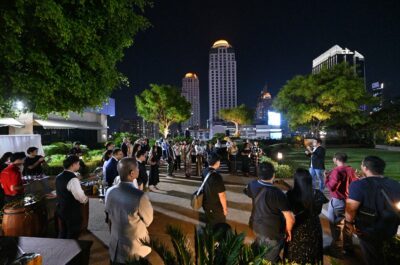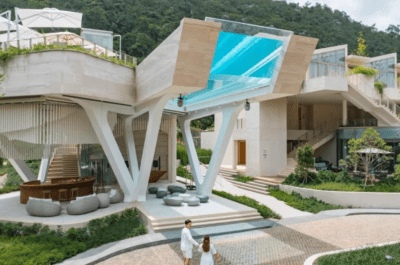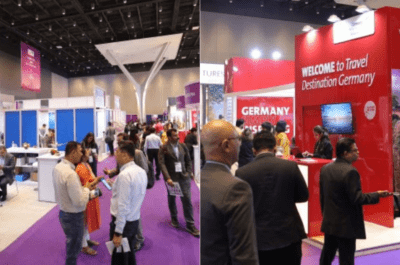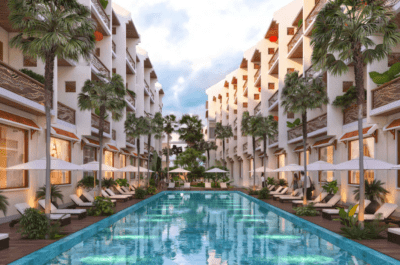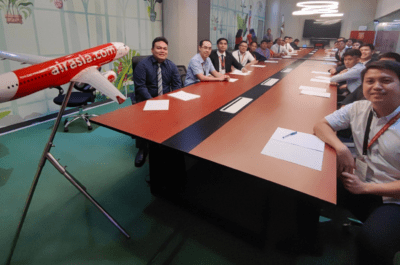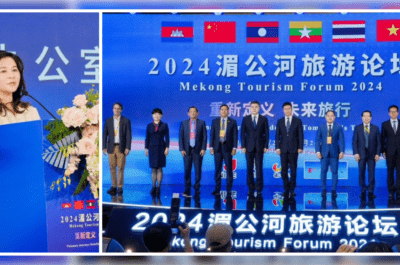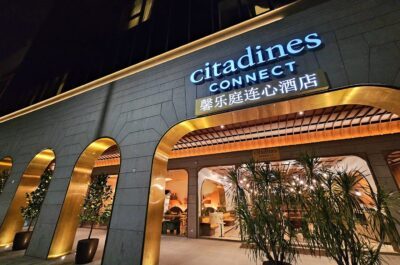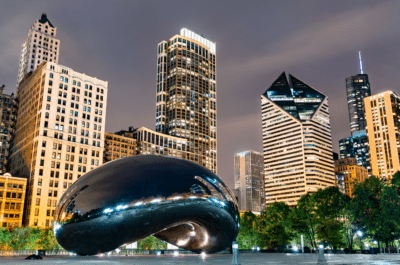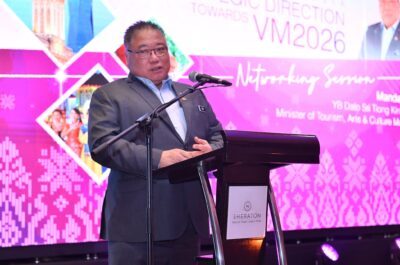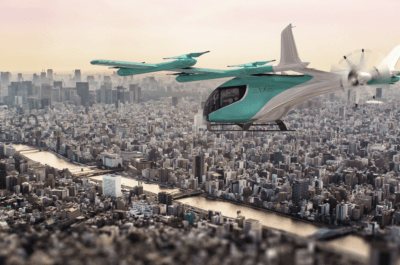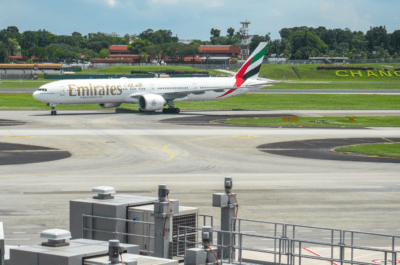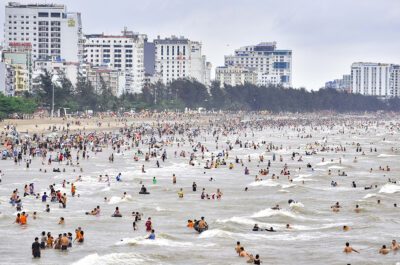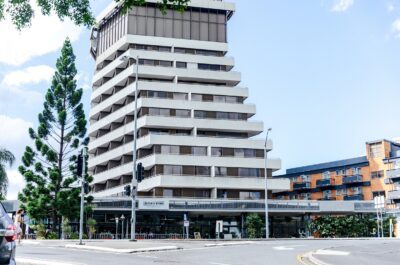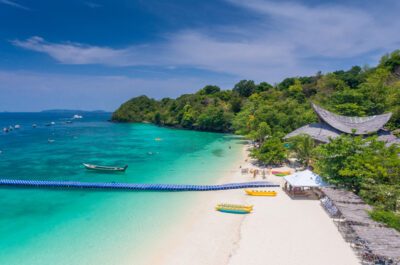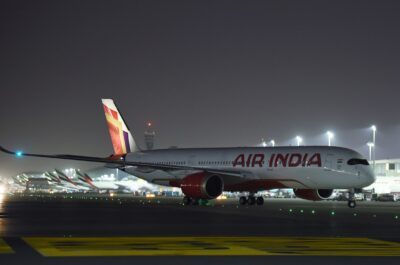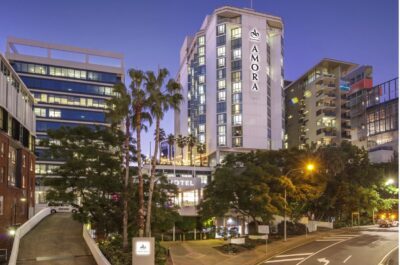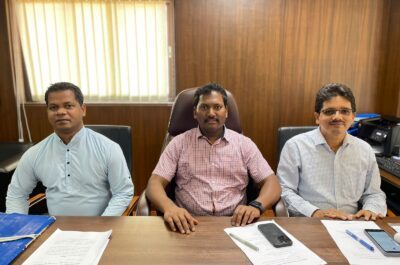Osaka Kansai, Japan’s second largest international hub after Tokyo Narita, wants to make a difference by becoming the most environment-conscious airport in Asia. The announcement was done following the opening of Japan’s first dedicated air terminal for low cost airlines.
OSAKA – Japan’s first air terminal dedicated to low-cost carriers (LCCs) and aiming to become Asia’s most environment-friendly terminal, opened last month at Kansai International Airport (KIX) in Osaka Prefecture, Western Japan.
Under new management, airport administrators hope for concessions from the government to privatize KIX beginning in fiscal 2014.
The LCC terminal, or Terminal 2, which started operations on Oct. 28, mainly serves as a hub for Japanese LCC, Peach Aviation.The airline is opening low-cost routes from Kansai to Asian cities such as Hong Kong and Taipei, as well as some popular domestic destinations in southern and northern Japan like Nagasaki, Okinawa and Sapporo.
The New Kansai International Airport Company started managing operations at KIX as well as nearby Itami Airport in July. Keiichi Ando, who became the company’s first president, said in a recent interview with Xinhua that opening the new terminal marks a definitive beginning for a mature Japanese LCC industry and a significant change in the business model for airports in Japan where the traditional full service carriers have long dominated the industry.
With nine boarding gates in a central facility, the new terminal covers a total floor area of about 30,000 square meters. A variety of nearly 20 stores offer an international selection of duty-free and duty-paid items. Passengers, however, board and disembark through stairways because the terminal has no boarding bridges.
Ando said the new terminal, in which a total of 8.5 billion yen, or about 106 million U.S. dollars, was invested, was completed after a 10-month construction that was much less expensive than the older Terminal 1. Costs were cut as much as possible by using cheap flooring materials such as ceramics rather than natural stone and ready-made carpet and furniture.
“We could easily guess that installing heavy electric equipment such as escalators and elevators inside the terminal would increase construction costs. So we decided to build the new terminal as a one-story building with the iron ceiling frame exposed, and air conditioning system functions only in limited areas.” Ando said, adding that people may comment that the white building looks like a warehouse or suburban hypermarket.
Following the new low-cost terminal’s opening, Ando said his company is planning to start building a third terminal to serve the many Asian budget airlines — particularly from China — while introducing a series of incentives to attract more LCC flights and passengers via Kansai International Airport. KIX will aggressively try to raise the share of international LCC flights from the current 14.4 percent to 25 percent by 2014.
But Ando admitted that the international airport, which opened in 1994 off the shore of Osaka Bay, has certainly not made serious efforts to lure international and domestic passengers and cargo, focusing rather on functionality. He attributed the main reason to the former management, which conservatively avoided any “risky” decisions.
“To get the best possible concession within a couple of years ( from the government), we urgently need to complete basic infrastructure and facilities to strengthen our competitiveness against major airports such as Shanghai, Hong Kong and Singapore, because Kansai is a true 24-hour airport that must attract more ‘ casual’ travelers from fast-growing Asian countries,” Ando said.
Under his leadership, the airport is also planning to build a budget hotel adjacent to the low-cost terminal in two years, offering short stays of a few hours, as well as encouraging bus, ferry and railway operators to introduce late night and early morning passenger services between the airport and major Kansai region cities like Osaka, Kyoto and Kobe.
Ando said that their expectations are high considering that the number of passengers that passed through the airport reached 8.46 million for both international and domestic flights from April to September, an increase of 26 percent from the same period last year.
Ando also has plans of making the Kansai airport as an environmental-friendly airport. “My first priority is to create a low-cost airport that achieves zero (carbon) emissions throughout the entire airport island within a few years through a clean energy policy,” he said.
According to him, the airport’s authority started planning to build solar, wind or other power generation facilities to replace the current electricity supply, and also install a hydrogen fueling station for fuel-cell vehicles so that all cars and buses in the terminal can be powered by renewable energy “as much as possible.”
Luc Citrinot a French national is a freelance journalist and consultant in tourism and air transport with over 20 years experience. Based in Paris and Bangkok, he works for various travel and air transport trade publications in Europe and Asia.





